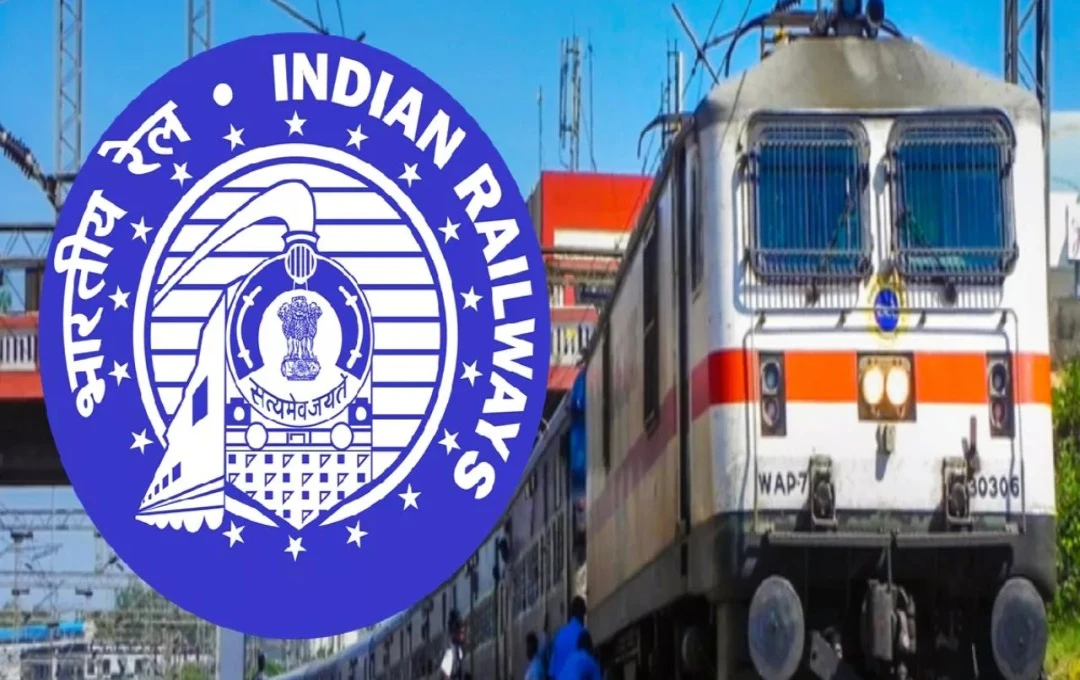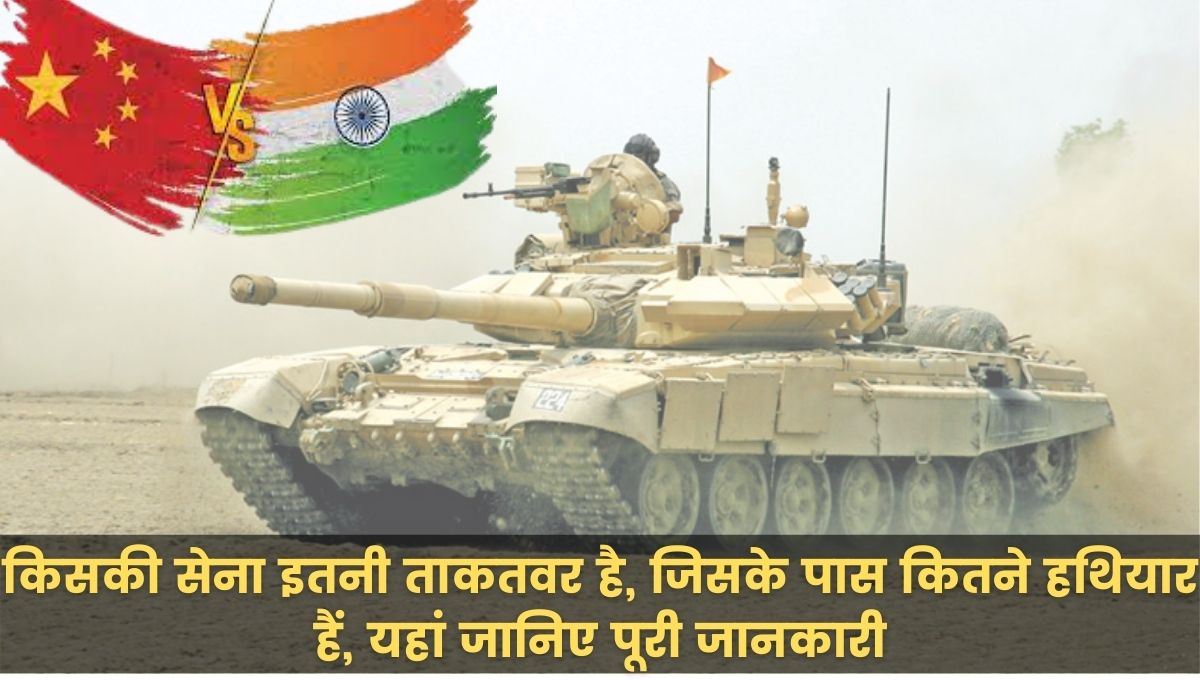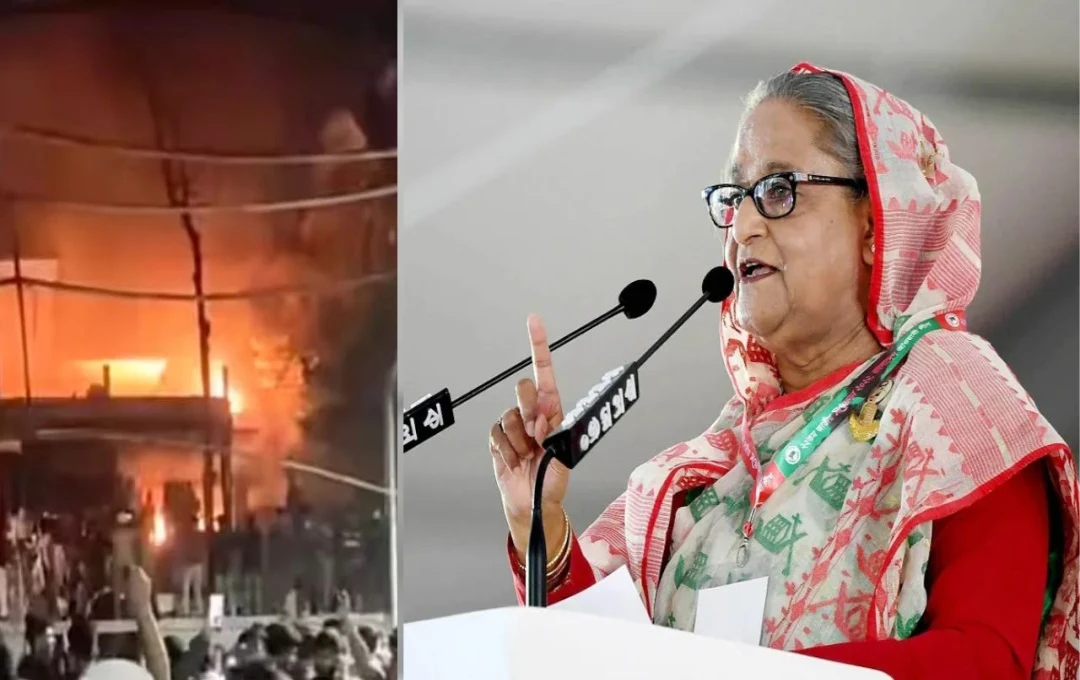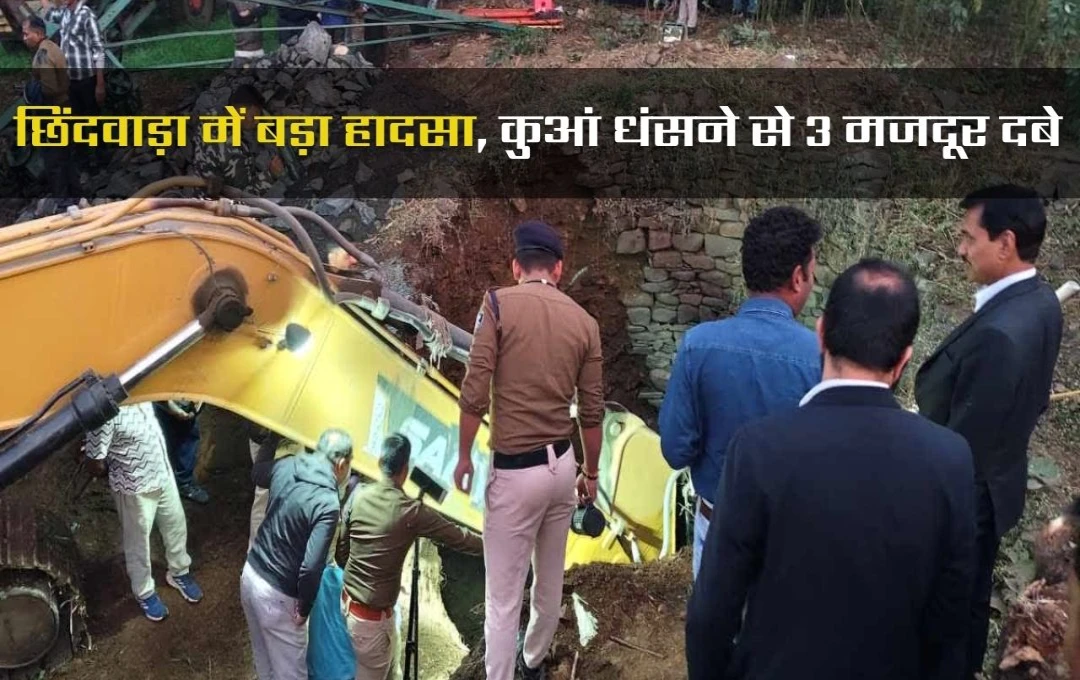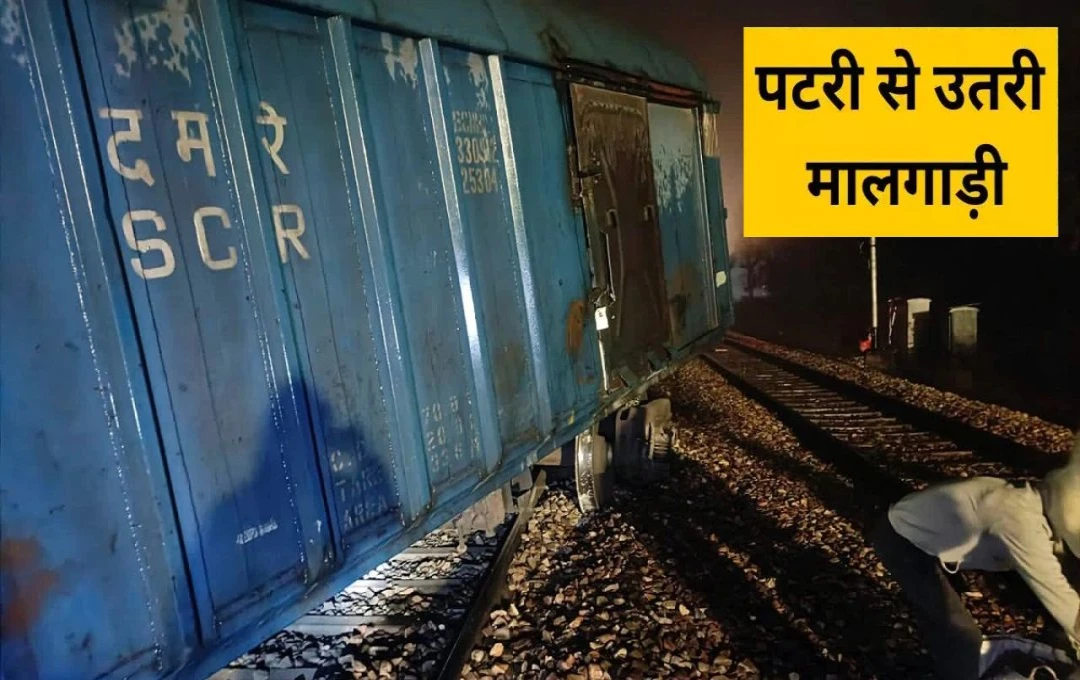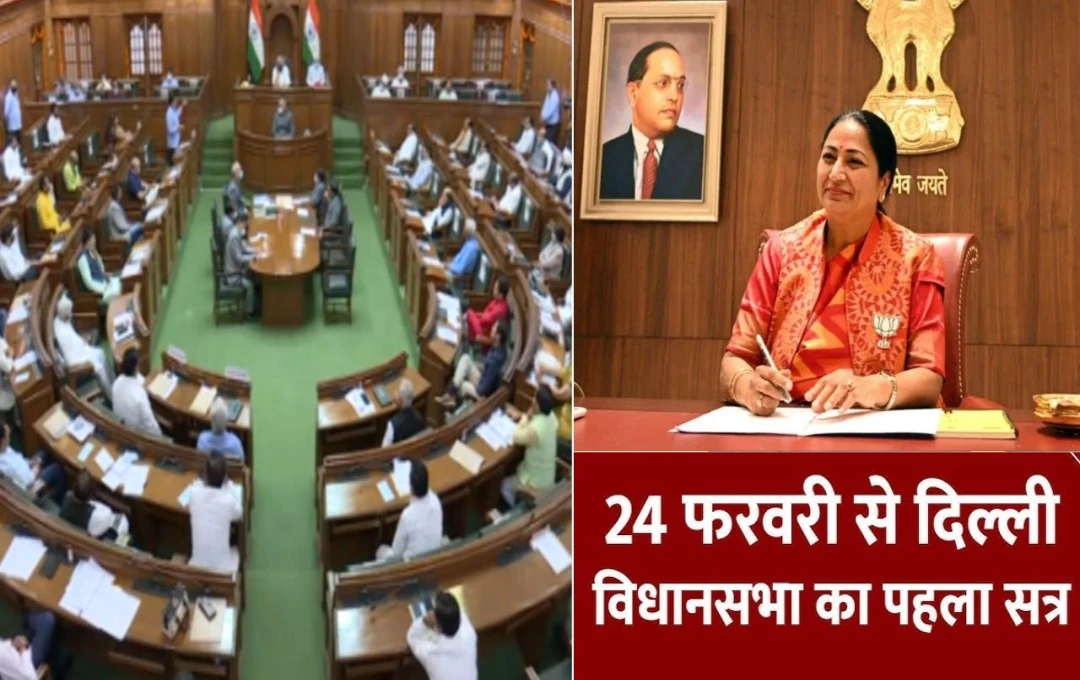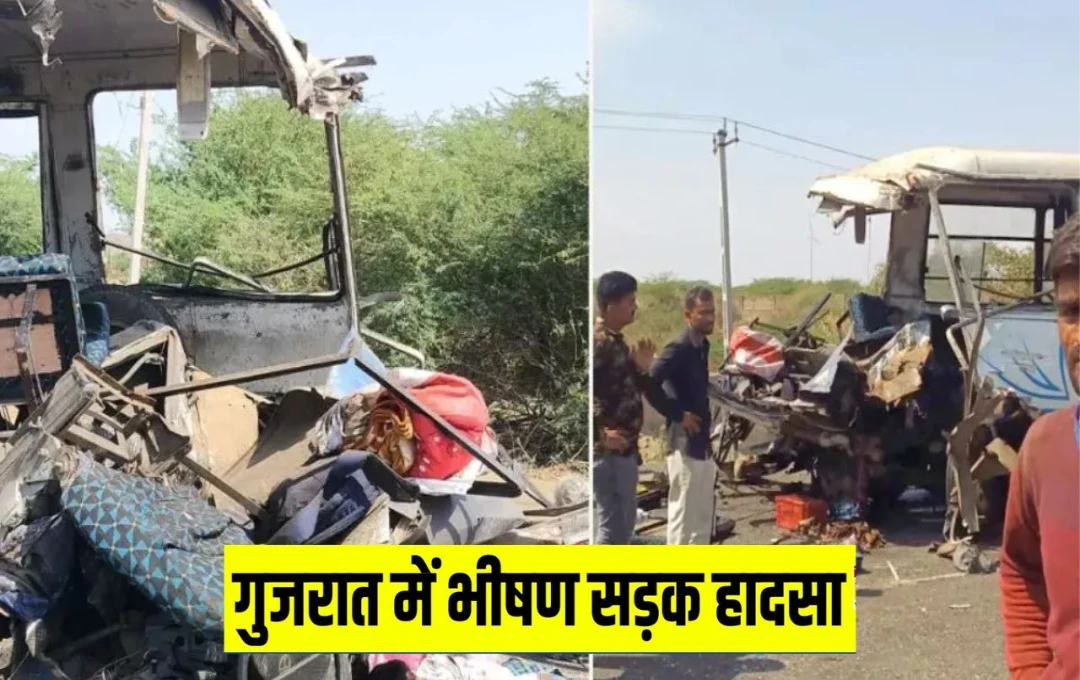The Ministry of Railways has entrusted RITES (Rail India Technical and Economic Service) with the responsibility of developing permanent holding areas at five major railway stations: New Delhi, Anand Vihar, Ghaziabad, Varanasi, and Ayodhya. Railway Minister Ashwini Vaishnaw announced this after a meeting. This initiative aims to improve passenger convenience and management.
Relief for Passengers
The Ministry of Railways has taken a significant step to enhance passenger amenities. Permanent holding areas will be developed at New Delhi, Anand Vihar, Ghaziabad, Varanasi, and Ayodhya railway stations. This task has been assigned to RITES, a public sector undertaking. Railway Minister Ashwini Vaishnaw shared this information after a meeting.
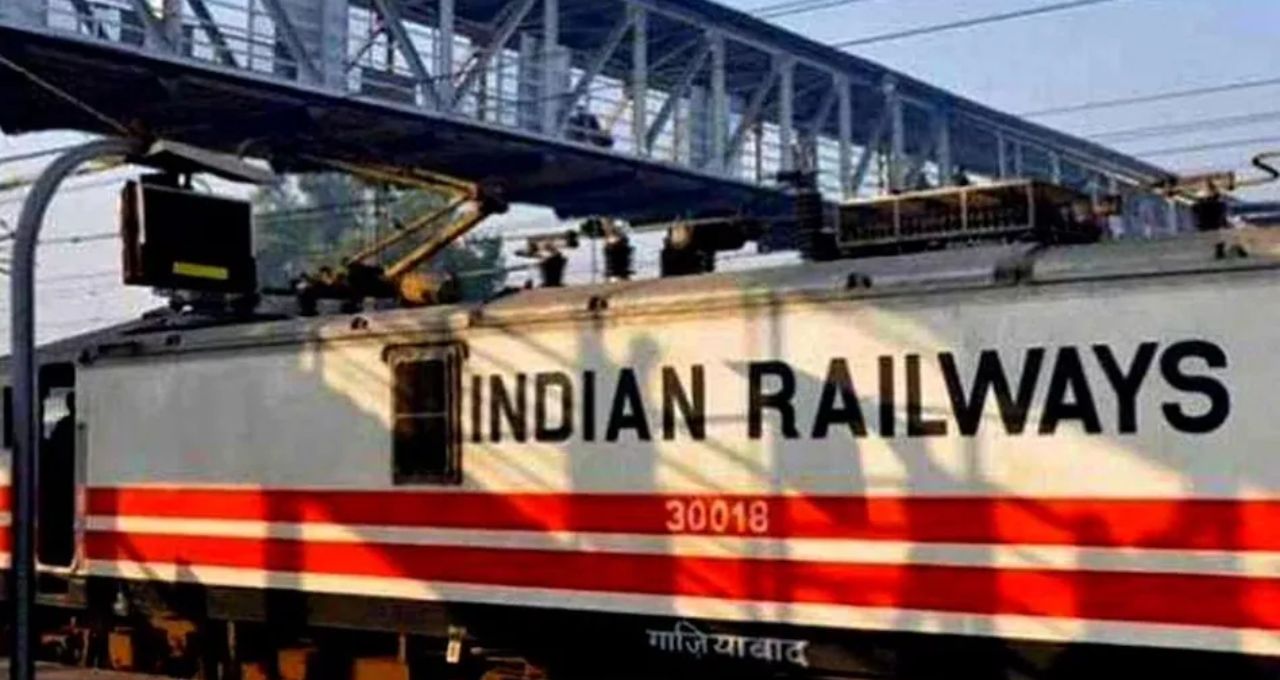
This new system will aid in crowd control at the stations and provide passengers with better amenities. This initiative will be particularly effective in reducing congestion during festivals and peak seasons. This railway move will significantly improve the passenger experience, making it more comfortable and convenient.
A Major Step by Railways for Crowd Control
• Amrit Station Redevelopment Integration: According to Railway Minister Ashwini Vaishnaw, these permanent holding areas will be integrated with the Amrit Bharat Station Redevelopment scheme. This scheme aims to equip stations with world-class passenger amenities.
• Action Following New Delhi Station Stampede: In the wake of a stampede at New Delhi railway station on Saturday evening, the Ministry of Railways has begun implementing new measures for crowd control at stations.
• Improved Passenger Convenience: The construction of these holding areas will make the travel experience more comfortable and help reduce congestion at stations.
Controlled Platform Entry
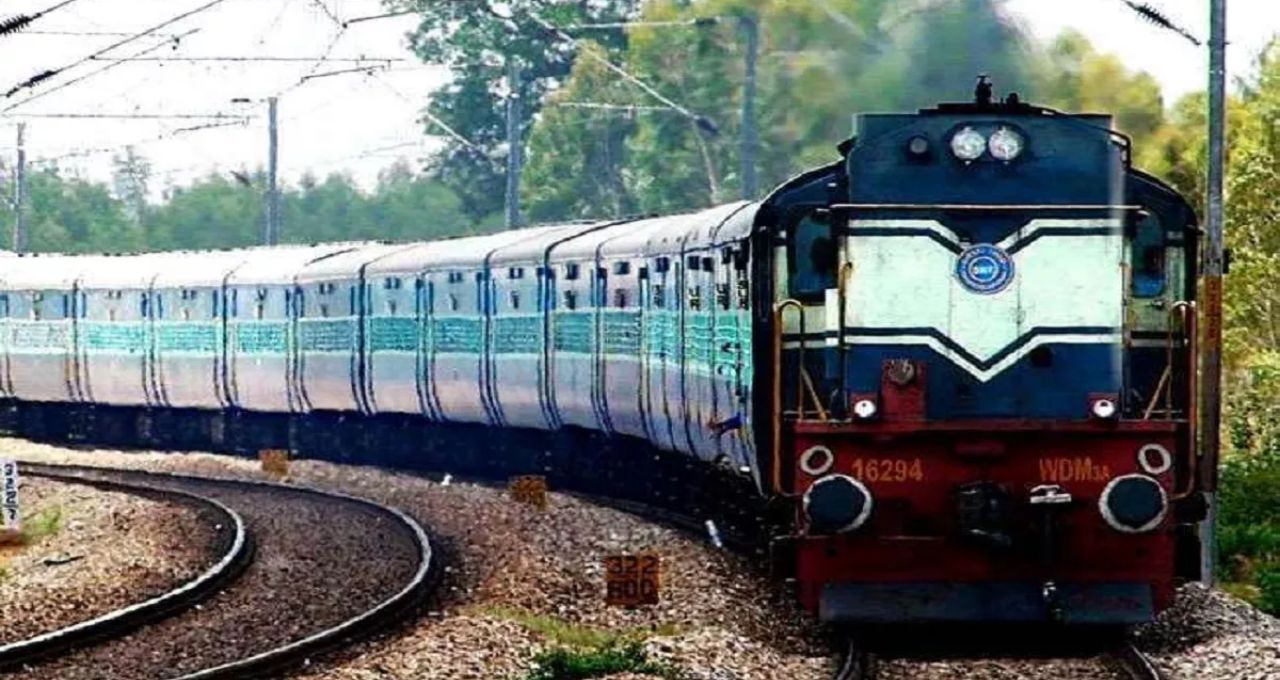
Passengers will be allowed to enter the platforms according to their train's departure time to prevent overcrowding at the station. Additionally, the railways will develop a Standard Operating Procedure (SOP) for crowd management.
